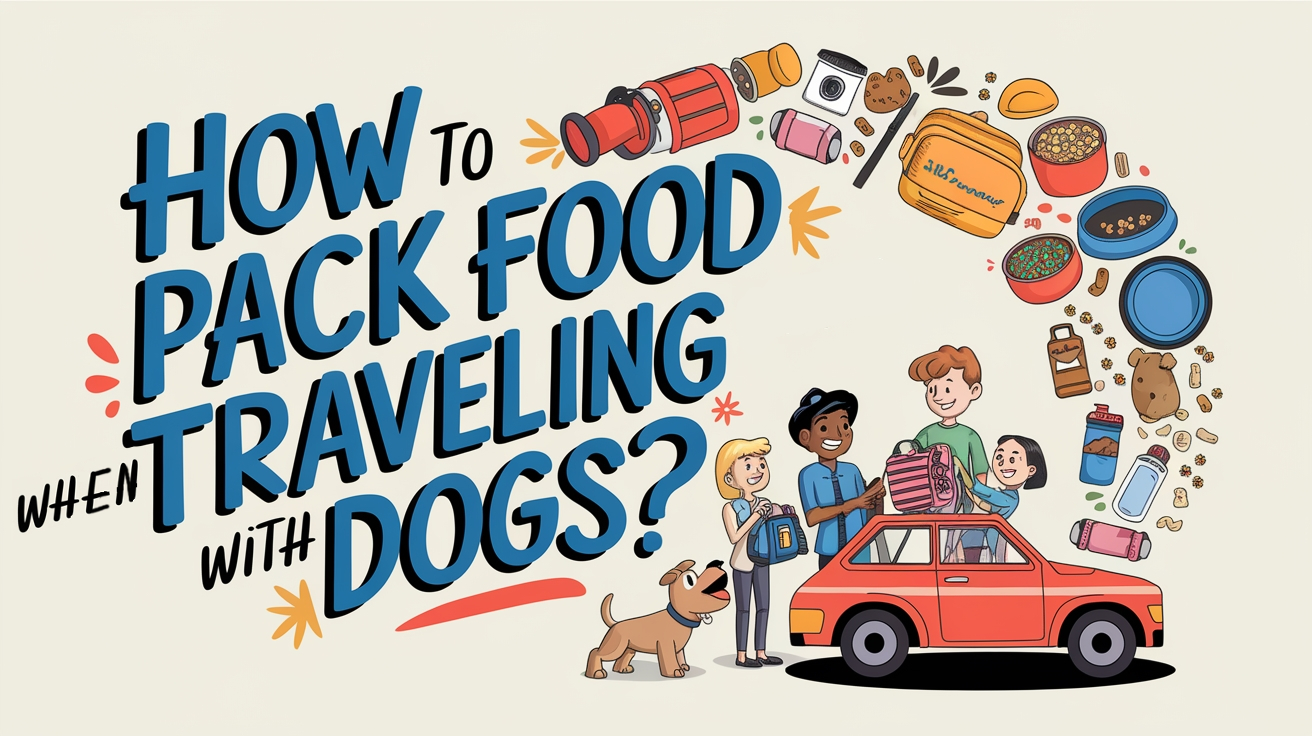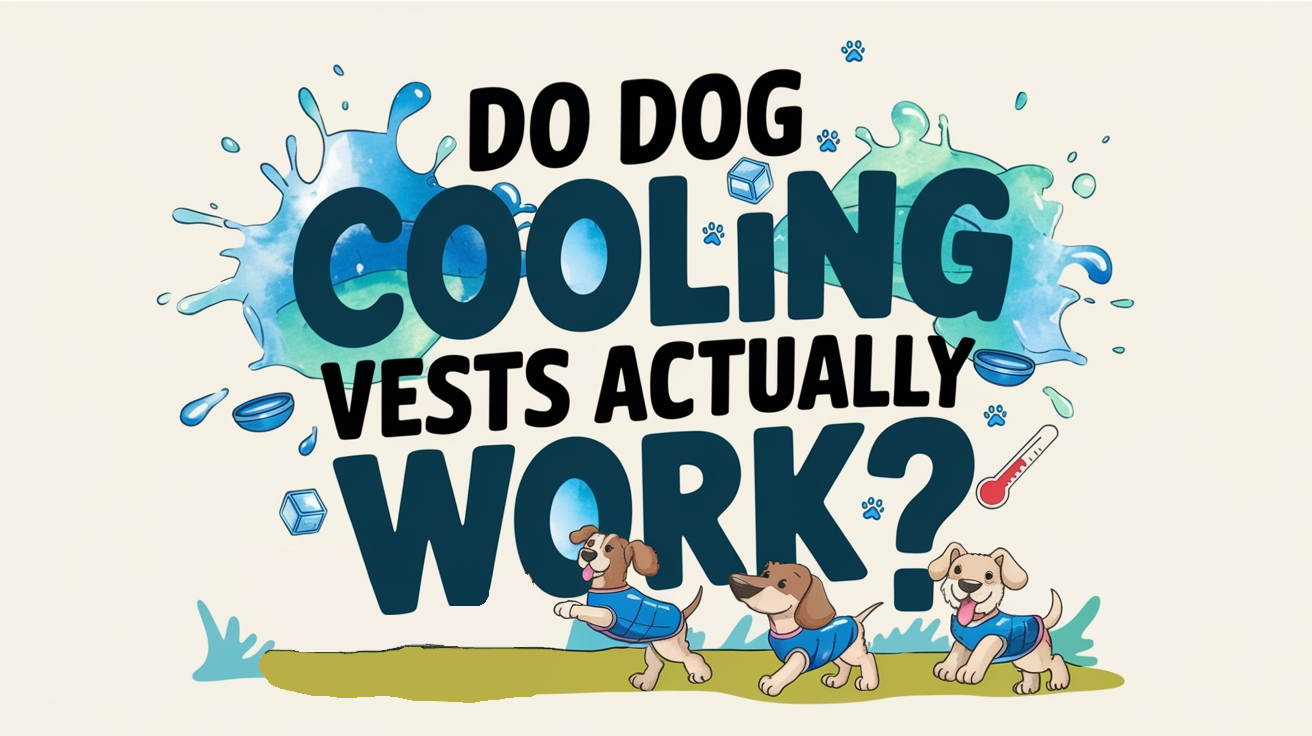It can be more difficult to notice signs of dehydration in your dog than in yourself during a hike. It’s vital for your dog’s safety and health to bring a dog first aid kit while camping.
This kit should include more than just bandages and antiseptics; it should be equipped with items for dog-specific issues like styptic powder for nail bleeding, a tick remover, and dog-friendly antihistamines.
Being prepared allows you to quickly address any issues or injuries your dog might face, ensuring you both can safely enjoy your time outdoors.
Importance of a First Aid Kit
A first aid kit is critical for your dog’s health and safety during camping trips. As you venture into nature, you take on the role of a trusted protector for your pet. A comprehensive kit is your initial mode of protection against any mishaps, enabling you to administer care on the spot before getting professional assistance.
Camping exposes your dog to hazards like sharp rocks, insect bites, or wildlife encounters. Being prepared is your duty. Stock your kit with essentials such as gauze, tweezers, and a dog first aid manual to effectively respond to these emergencies.
Don’t forget to pack your dog’s medical records and your veterinarian’s contact information. This data is crucial when you need help. Being equipped isn’t just about the items, but also about your ability to care for your pet effectively and compassionately. Your readiness mirrors your commitment to their health.
Ensure your dog’s first aid kit is ready before embarking on your adventure; it’s a clear expression of your care and responsibility.
Wound Care Items
To manage your dog’s injuries effectively while camping, include essential wound care items in the first aid kit. Your dog depends on you for its health, particularly when you’re both away from home. Begin with gauze pads and rolls for covering wounds and stopping bleeding. Use self-adhering bandages to hold dressings in place without sticking to fur.
Also, pack tweezers and scissors for debris removal and bandage trimming. Antiseptic wipes or solutions are crucial to cleanse cuts and prevent infection. A disposable syringe or saline solution should be on hand to rinse wounds. Remember to include gloves for hygiene and self-protection.
For deep wounds or serious cuts, bring a styptic pencil or powder to halt bleeding quickly. Make sure all items are user-friendly with straightforward instructions. Remaining calm and in control helps ensure your dog’s healing process is smooth and stress-free.
Medications and Tools
In your dog’s first aid kit for camping, include essential medications and tools to address health issues. Be prepared to act as your dog’s primary protector in the wilderness.
Include a digital thermometer to monitor your dog’s temperature, with concerns arising over 103°F. Carry 3% hydrogen peroxide to induce vomiting in case of ingestion of toxins, using it only with a vet’s guidance. A syringe is necessary for administering the peroxide or cleaning wounds. Activated charcoal can help absorb toxins, and an antihistamine like Benadryl is helpful for allergic reactions, ensuring you have the correct dosage for your dog’s size.
Tweezers are important for tick or splinter removal, while a muzzle may be needed if your dog is in pain to prevent biting. A pill gun is helpful for giving pills, and an oral syringe is useful for liquid medicines. Also, include a canine-friendly saline solution to clean your dog’s eyes from irritants.
These items are all crucial for maintaining your dog’s health during outdoor excursions.
Avoidable Harmful Items
When stocking your dog’s first aid kit, it is important to remove any items that could be harmful. What may be safe for humans can be dangerous for dogs. Therefore, it is crucial to avoid including human medications like Tylenol or ibuprofen, as they are toxic to canines. Additionally, it is essential to steer clear of human antacids that contain xylitol, as this ingredient is deadly for dogs.
Furthermore, it is advisable not to use bug sprays containing DEET on your dog. Instead, it is recommended to find canine-friendly options to protect your pet from insects. Similarly, human eye drops should be avoided, and it is better to use saline solutions that are specifically designed to be safe for pets.
Before heading out for outdoor activities with your dog, it is essential to ensure that all the items in your first aid kit are safe for canine use. This includes checking that all medications and tools are suitable for dogs to prevent any accidental poisoning and to keep your furry friend healthy. In case of any doubt or uncertainty about the safety of an item, it is always advisable to consult a veterinarian. Taking this additional precaution is crucial for your dog’s well-being.
Responding to Injuries
If your dog gets injured while camping, you’ll need to promptly use the appropriate items from your first aid kit. When your dog is injured, it’s important to act with both kindness and efficiency. Quickly assess the injury and maintain a calm presence to help comfort your dog.
For minor wounds, clean the area with saline solution to ward off infection. Place a sterile gauze pad on the wound and secure it with a self-adhering bandage. Should your dog have a limb injury, create a makeshift splint using sticks and bandages to stabilize the area before getting veterinary care.
For severe injuries or if your dog is in pain, a muzzle may be needed for everyone’s safety. However, don’t use a muzzle if your dog is vomiting or struggling to breathe. Also, avoid giving your dog any human medications; they could be toxic.
Be prepared for emergencies. Learn the location of the closest veterinary clinic and keep their contact information ready. If the injury is too serious for your first aid abilities, seek professional assistance immediately. Your main concern is your dog’s safety and health until they can receive medical attention.

Handling Specific Situations
In emergencies such as bee stings or snake bites while camping with your dog, act quickly and with assurance. If your dog is stung by a bee, remove the stinger carefully and apply a cold compress to reduce swelling. Watch your dog for allergic reaction symptoms like difficulty breathing or excessive swelling; if these symptoms appear, get veterinary help immediately.
In the event of a snake bite, keep your dog as immobile as possible to slow the venom’s spread and go to the vet immediately. Safely note the snake’s description for the vet, but don’t delay by looking for the snake.
For minor injuries like cuts or scrapes, clean with saline solution and use clean gauze to stop bleeding. Secure the wound with a self-sticking bandage and watch the injury. If the cut is deep or doesn’t heal, consult a vet.
Stay calm as it can help keep your dog’s stress levels lower. Quick thinking and patience are key in these situations, and being prepared can be crucial.
Recognizing Discomfort Signs
After tending to any immediate injuries, it’s crucial to watch for signs of discomfort in your dog, as they may not always vocalize their pain. Even the most stoic pup might be experiencing discomfort that can escalate quickly if unnoticed, especially when you’re out camping and far from immediate veterinary care.
Keep a keen eye on your dog’s behavior and body language. Here are some telltale signs that your furry companion might be in distress:
- Limping or reluctance to walk: This might indicate pain in their paws or limbs.
- Excessive licking or biting at a specific area: Your dog could be trying to soothe an irritation or injury you haven’t spotted.
- Whining, howling, or other unusual vocalizations: These sounds can signal that they’re in pain or feeling anxious.
- Change in posture or gait: Hunched back, stiffness, or favoring one side could point to discomfort.
Paw and Digestive Care
Every dog’s paws and digestive system respond differently to camping challenges, so being ready to handle potential issues is crucial.
Ensuring your dog’s happiness and comfort involves monitoring their paws for possible cuts, scrapes, or burns from rough surfaces. Include paw protection wax, booties, and antiseptic wipes in your kit for quick injury treatment.
Stress or strange water sources can upset their stomach. Bring dog-specific anti-diarrhea medicine and maintain a supply of clean water to prevent waterborne diseases. A collapsible bowl helps your dog drink easily while traveling. If they consume something harmful, activated charcoal can help stop the toxin’s absorption, and hydrogen peroxide can induce vomiting under a vet’s guidance.
If you’re uncertain about a situation, it’s best to play it safe and seek professional advice. Being prepared is vital for your dog’s safety and enjoyment while camping.
Conclusion
Your dog’s first aid kit prepares you for any accidents. Prompt care can keep a small injury from worsening in the wild. Trust your instincts and remain composed; being prepared is the best way to protect your dog.
Monitor their comfort, address injuries quickly, and avoid hazards. May your outings be safe, leaving you with joyful memories and happy dogs.



